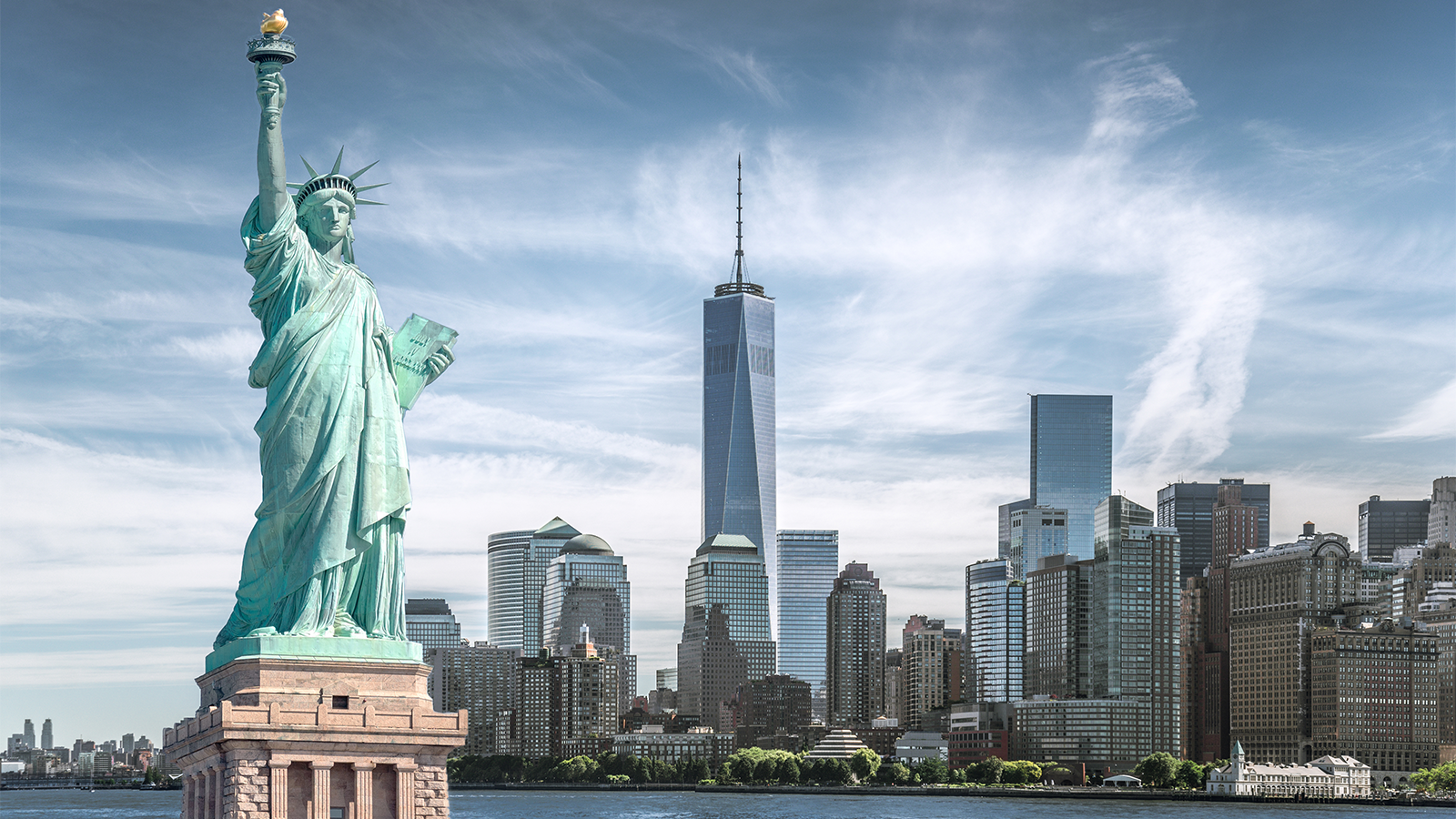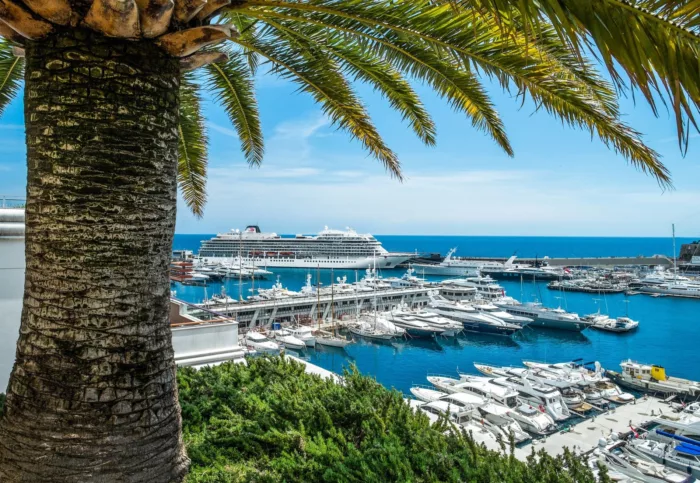
Viking Ocean Cruises
Viking began as a river cruise line and entered the ocean-cruise market with the launch of the 930-guest Viking Star.
Viking has already made an indelible mark on the sector with its fleet of stylish, near-identical, adult-only ships.
The cruise line currently has 10 ships in its fleet.
378
Passengers
260
Crew
2022
Launched
30105t
Tonnage
205m
Length
21m
Width
18kts
Speed
6
Decks
EUR
Currency
Cruise Itinerary
Day 1
Ushuaia, Argentina
Day 2
,
Days 3 - 4
Antarctic Experience, Antarctica
Day 5
Antarctica, Antarctica
Days 6 - 7
Antarctic Experience, Antarctica
Day 7
Antarctica, Antarctica
Day 7
Antarctic Experience, Antarctica
Days 8 - 9
Antarctica, Antarctica
Days 10 - 11
,
Day 12
Ushuaia, Argentina

Day 1
Ushuaia, Argentina

Day 2
,

Days 3 - 4
Antarctic Experience, Antarctica

Day 5
Antarctica, Antarctica

Days 6 - 7
Antarctic Experience, Antarctica

Day 7
Antarctica, Antarctica

Day 7
Antarctic Experience, Antarctica

Days 8 - 9
Antarctica, Antarctica

Days 10 - 11
,

Day 12
Ushuaia, Argentina
Ship Details


Viking Ocean Cruises
Viking Octantis
First, we invented modern river cruising. Then, we redefined ocean cruising. Now, experience all the comfort and elegance of our award-winning fleet with an expedition ship built specifically to explore the world's most remote destinations and allow you to immerse yourself in these regions.
Cabins
All Prices




















